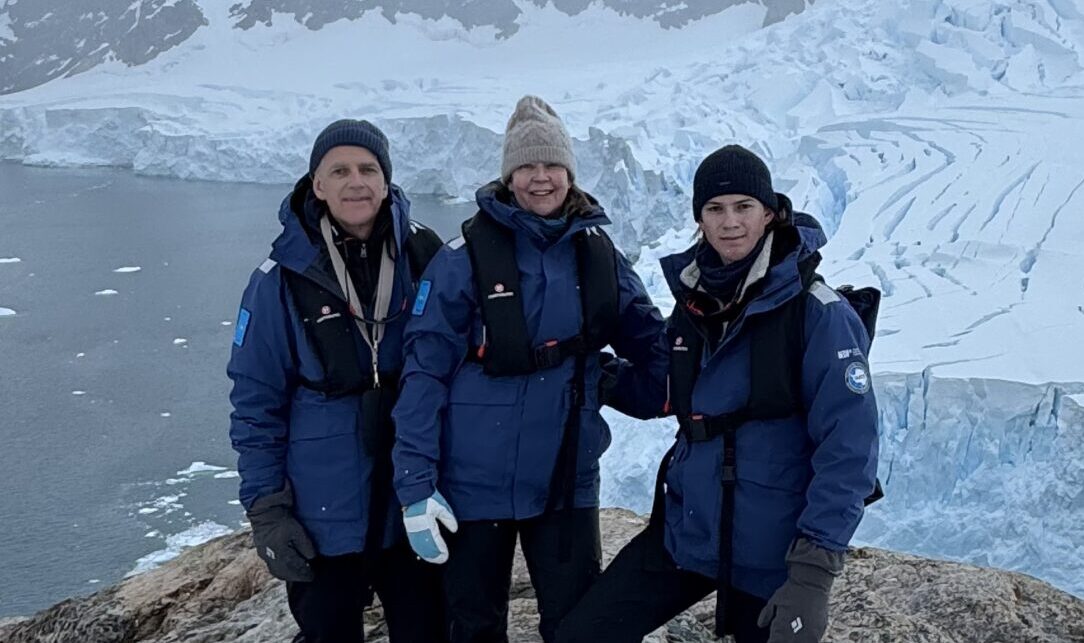The landscape here is more beautiful again. The sand/gravel is in shades from brown to rusty red, with touches of grey stones. The little grass there is, is golden, and the few shrubs are green. The dunes are in different shades of brown, terra cotta, and rusty red.
The dunes get their color from the iron oxide. This is said to be the oldest desert in the world. The dunes are now more or less immobile, the stability is due to the iron oxide, magnetite, and some vegetation. They are also among the tallest dunes in the world, some over 300 meters.
The river only flows after a good rain, the last one in 2011. Along the Tsauchab river, acacia trees are growing in a row. Despite the lack of rain they are still green, thanks to their roots being about 60 meters long, and let them tap in to the underground water.
Driving inside the Namib-Naukluft park we saw ostriches, a black backed jackal, and several oryx. The animals are adapted to the desert and can survive without water for a very long time. The Atlantic is close enough for mist to come all the way here. The water from the fog, and the grass they eat, is enough for these animals to survive on.
The dunes at Sossusvlei are star shaped, this can only be seen from above, though. We made a stop to watch the sunrise. The rising sun gave the dunes a beautiful red shade!
Big Daddy rises about 350 meters above sea level. We walked about 1,1 km up on the arm of Big Daddy, to roughly 150 m above sea level. From a distance the edges of the dunes look quite sharp, especially in the morning sun when one side is in the shade and the other in sunlight. In reality it is really soft, fine sand. Walking in it you sink down a few centimeters, making every step a bit heavy.
To go down Alex ran, and reached the bottom of the dune in no time. Jan and I walked, by digging the heels into the sand and sliding down, a step at the time. That was fun! Just like walking in deep snow, without getting cold and wet. Once we got down to Deadvlei, half the dune was in our shoes.
